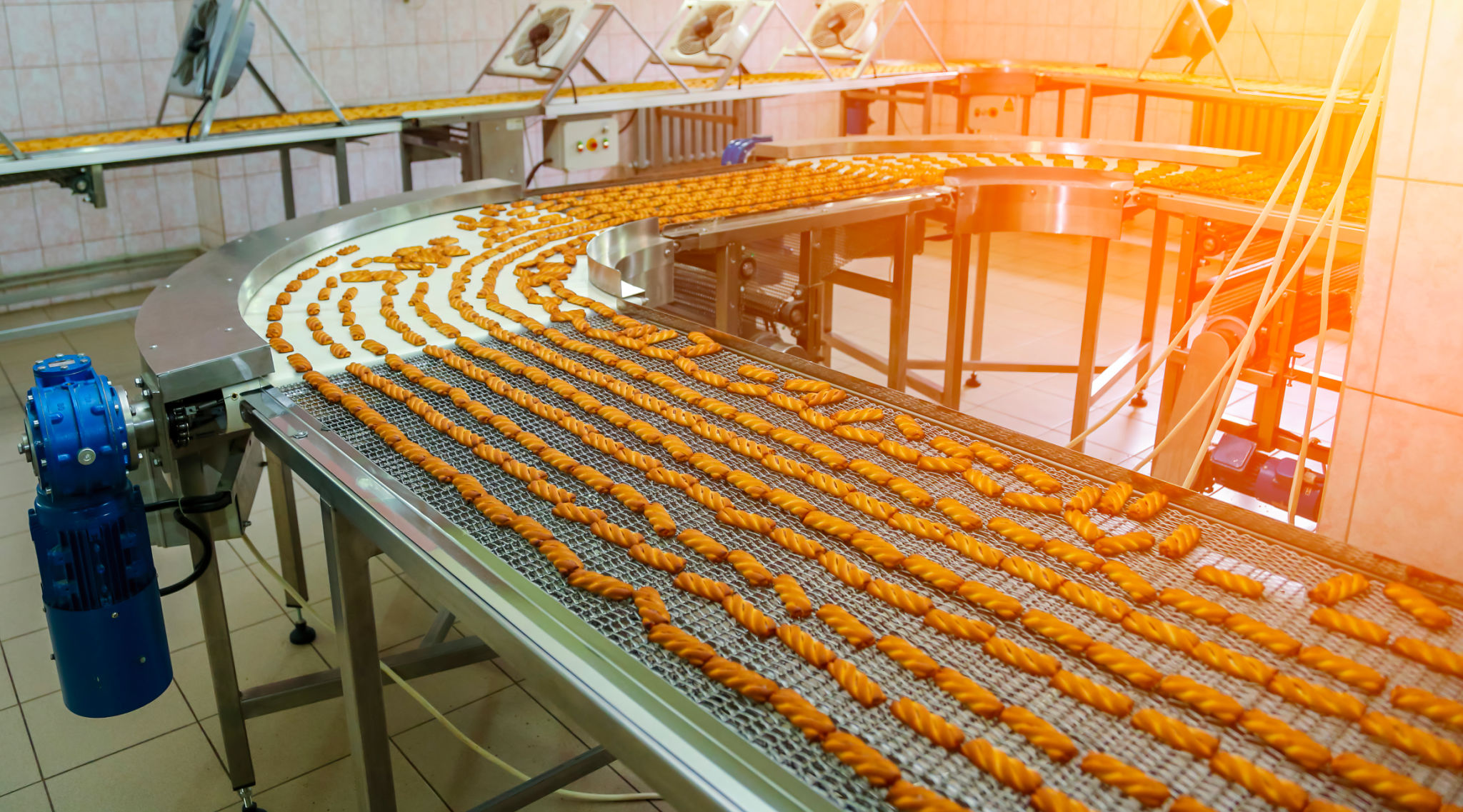Case Study: Successful Food Product Development with High Pressure Processing
Introduction to High Pressure Processing (HPP)
In the ever-evolving landscape of food technology, High Pressure Processing (HPP) has emerged as a revolutionary method for food preservation. By using high pressure rather than heat, HPP extends shelf life, maintains nutritional value, and ensures food safety without compromising taste and texture. This method is particularly valuable in the development of new food products, offering an edge over traditional preservation techniques.
HPP is gaining traction among food manufacturers aiming to meet consumer demand for fresh, natural, and minimally processed foods. The process involves subjecting food to pressures as high as 600 MPa, effectively inactivating pathogens and spoilage organisms. This case study explores how a leading company successfully integrated HPP into their food product development.

The Challenge: Developing a New Product
A prominent food manufacturer faced the challenge of creating a new line of ready-to-eat meals that maintained the quality and freshness consumers expect. The goal was to develop products with a longer shelf life without adding preservatives or compromising taste. The company recognized that adopting HPP could be the key to achieving these objectives.
The team embarked on a project to explore how HPP could be utilized effectively in their new product line. The primary focus was on ensuring that the process would enhance safety, extend shelf life, and maintain the sensory qualities of the meals.
Implementing High Pressure Processing
Implementing HPP involved several critical steps:
- Research and Development: The R&D team conducted extensive research to understand the effects of HPP on different food components.
- Equipment Investment: Investing in high-quality HPP equipment was crucial for achieving consistent results.
- Process Optimization: Fine-tuning pressure levels and processing times ensured optimal product quality and safety.

Benefits of Using HPP
The adoption of HPP offered numerous benefits for the company. Firstly, it significantly reduced the need for chemical preservatives, aligning with consumer preferences for clean label products. Additionally, the process maintained the original flavor, color, and texture of the meals, enhancing consumer satisfaction. Importantly, it also improved food safety by eliminating harmful pathogens.
Results and Consumer Response
The introduction of HPP-processed ready-to-eat meals was met with positive consumer feedback. Customers appreciated the fresh taste and extended shelf life, which allowed for more convenient meal planning. The company saw a notable increase in sales and brand loyalty, demonstrating the successful application of this advanced technology.

Future Prospects and Expansion
Encouraged by the success of their initial product line, the company plans to expand their use of HPP across other food categories. They are exploring opportunities in juices, dairy products, and even seafood. The flexibility of HPP allows for innovation across various segments, potentially transforming the way food is processed and consumed.
In conclusion, this case study highlights how High Pressure Processing can be a game changer in food product development. By offering a solution that enhances safety, extends shelf life, and maintains quality, HPP opens new avenues for innovation in the food industry. As more companies recognize its benefits, we can expect to see an increasing number of HPP products on store shelves.